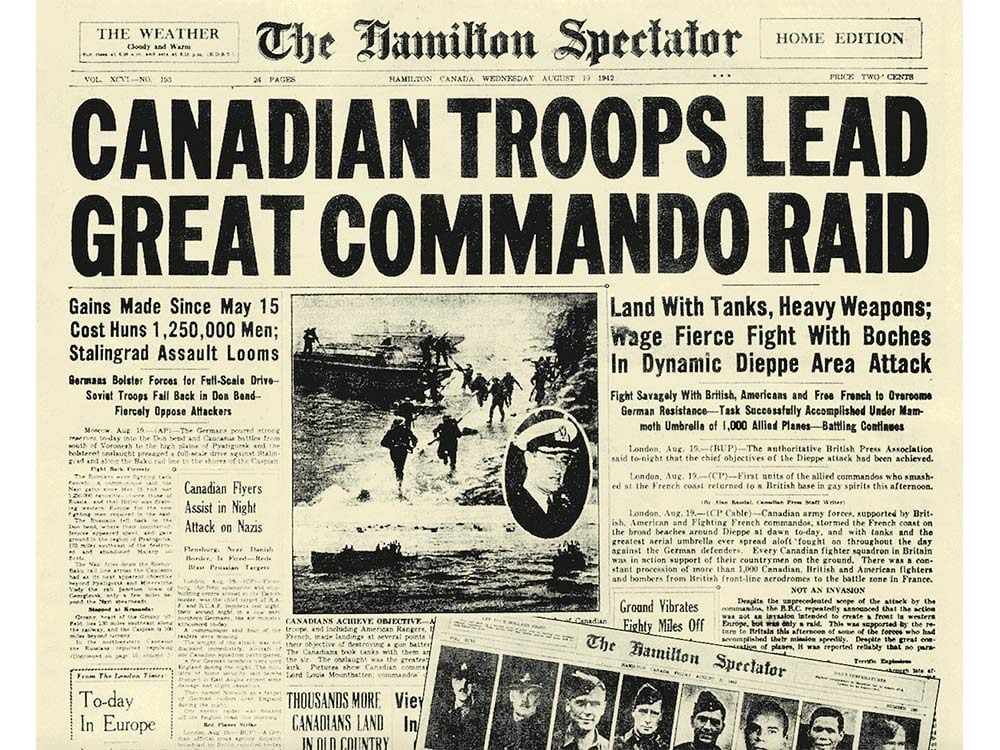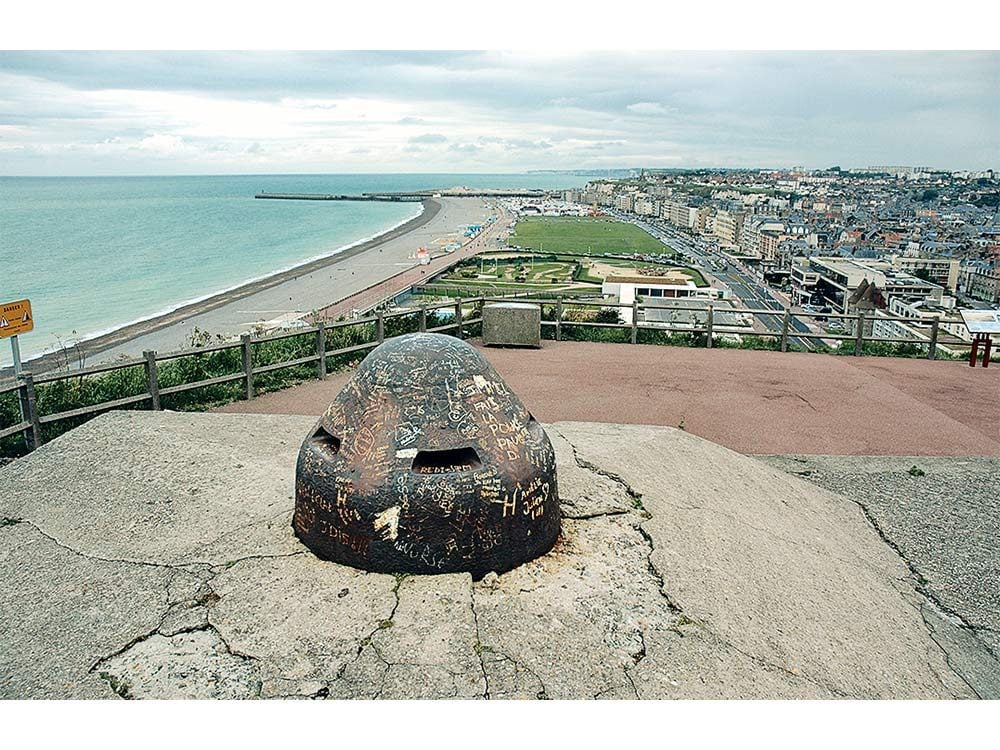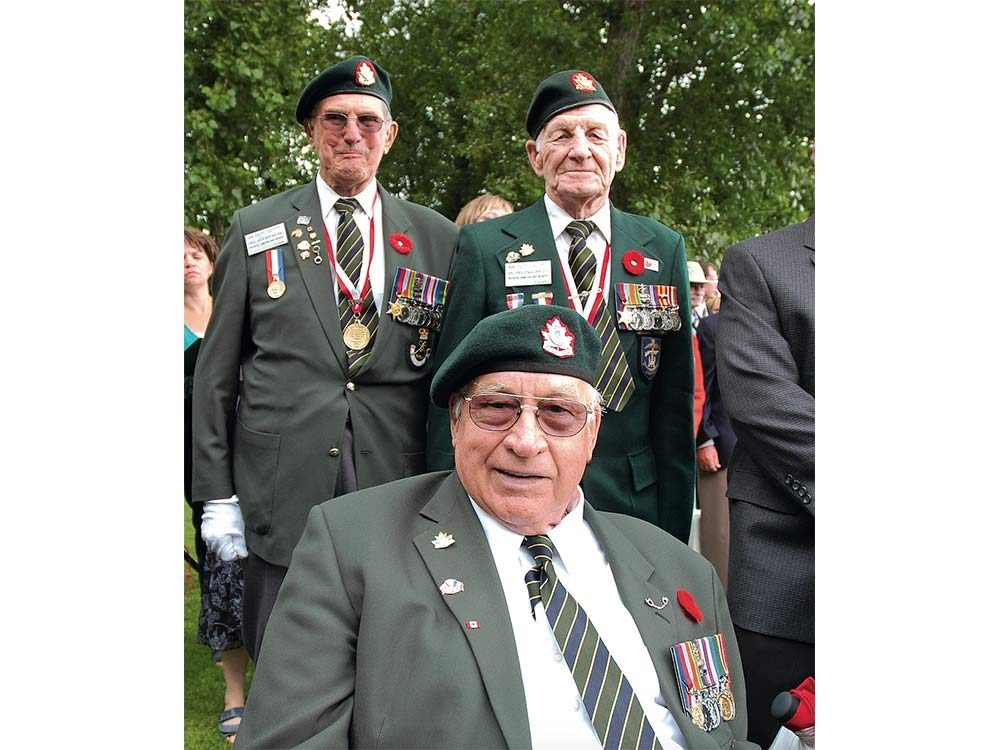
Remembering the Dieppe Raid
August 19, 2017, marks the 75th anniversary of the horrendous raid on Dieppe, France, where Canada suffered its largest single-day number of casualties in all of World War II—916 were killed and thousands more wounded and/or captured by the Nazis.
Only 21 years after the horror of World War I, the world went mad again. World War II began on September 1, 1939, when Nazi Germany invaded Poland. Poland’s allies Britain and France declared war on Germany and Canada supported Britain.
Germany conquered The Netherlands, Belgium and France by June 1940. Italy also invaded France and Libya, and with Germany tried to capture Egypt and the vital Suez Canal from Britain.
In June 1941, Germany invaded the Soviet Union and advanced to Moscow before being halted in December 1941. In the Pacific, Japan attacked Pearl Harbor in December 1941, then captured or attacked Allied territories in the Pacific and Southeast Asia and advanced to the borders of India and Australia.
It was in this grim atmosphere of losses that in 1942, the United States and Russia demanded more action against Germany. To take pressure off the Eastern Front, a large raid on the French port of Dieppe was planned. Canada—although it had sent two battalions of infantry to the Battle of Hong Kong—was tired of not having taken an active role in the European war to that point. As a result, the 2nd Canadian Infantry Division (2CID) was ordered to carry out the Dieppe Raid. Code-named “Operation Jubilee,” the raid took place August 19, 1942, after one false start.
Check out How One Couple Rescued 50 Children from the Nazis.

More than 6,100 troops took part—4,963 from 2CID alone. Also taking part were 1,075 British Commandos, 50 U.S. Rangers (who suffered America’s first European casualty) and 20 French soldiers from No. 10 (Inter-Allied) Commando. The raid was supported by eight small destroyers and 74 air squadrons, including eight from the Royal Canadian Air Force. It was the largest raid of the war.
My regiment, the Royal Hamilton Light Infantry—a.k.a. the RHLI or “Rileys”—was part of 2CID, and landed on the right side of the main beach, opposite a casino. Only 211 of the 582 RHLI soldiers who went ashore at Dieppe returned to England afterwards and, of those, 109 were wounded. More than 170 others could not be evacuated and became prisoners of war.
Overall, Operation Jubilee took a heavy toll. The Allies suffered 1,2000 killed (including 916 Canadians), 1,600 wounded, and 2,000 taken prisoner. The civilian population of the Dieppe region suffered 48 killed and 100 wounded. The German Army had 350 killed or missing, and nearly 300 wounded. In total, nearly 1,600 people died that day.
The raid remains controversial to this date. Many, if not most, veterans and historians believe it was set up by Winston Churchill to fail, to prove to the United States and the Soviets that invasion at that time was impractical. One thing remains undeniable: It was a human tragedy that personally affected tens of thousands in all corners of Canada. It’s said that not a family in Hamilton remained untouched. The village of Leger’s Corner in New Brunswick renamed itself Dieppe in 1946 to commemorate the raid, even though there were no New Brunswick units involved.
Decades after the Nazis made off with his family’s artwork, a Montreal man decided to seek justice.

I have been to Dieppe twice with the RHLI; my wife and I are going again this year with my regiment. It is impossible to remain unmoved when you visit the cemetery above the town with its “crosses row on row,” or walk that blood-soaked loose stone beach, and those at Pourville and Puys where other Canadian units landed. It is a wonder anyone survived; the beaches are surrounded by high cliffs and were supremely well-fortified.
I have been there with veterans of the raid as these men in their 80s and 90s broke down and cried, as they never had time for on that fateful day. I have been there to see tens of thousands of Dieppois line the streets in gratitude, crowds our veterans never saw back home.
In Hamilton on August 19, 2003, on the 61st anniversary of the raid, the wonderful Dieppe Veteran’s Memorial Park was opened on the Lake Ontario shoreline. I video-recorded several veterans sharing their recollections of that day. What is amazing to me is that after the terrible treatment these veterans faced, they were able to retain any form of humour at all.
Only two Rileys now remain from that fateful day: Cpl. Fred Englebrecht of Hamilton, now 94 and still feisty, and Cpl. Ken Curry of British Columbia, also 94, with a razor-sharp memory. It is through stories like this one, and attendance at Remembrance Day services, that the memory of all veterans can be preserved. This is not to glorify war—quite the opposite. It is only through education and remembrance that the horrors of war will never be forgotten for future generations.
Check out 54,000 Portraits: One Photographer Captures the Many Faces of Canada.
Transcripts of Tim’s interviews are available here.